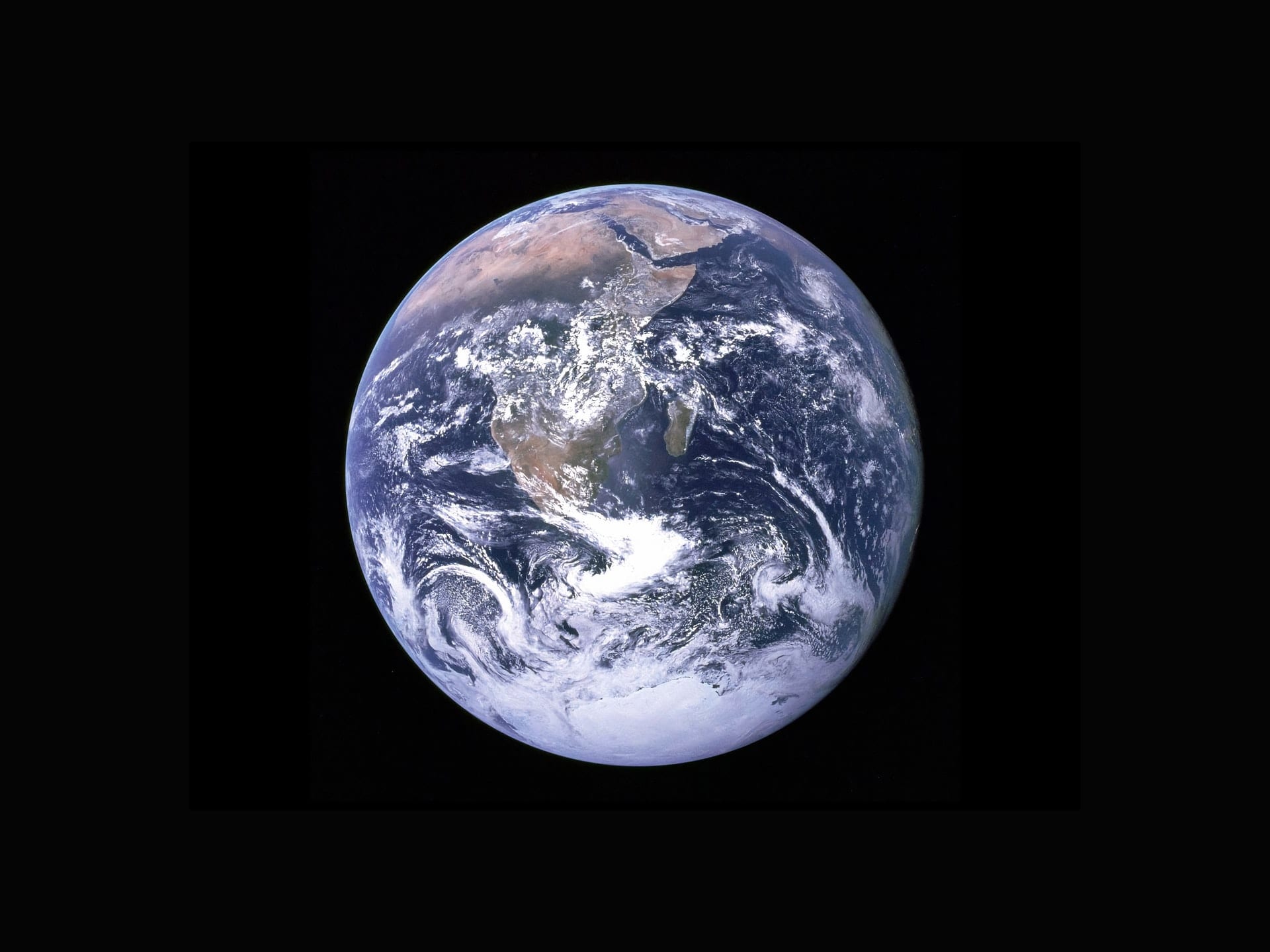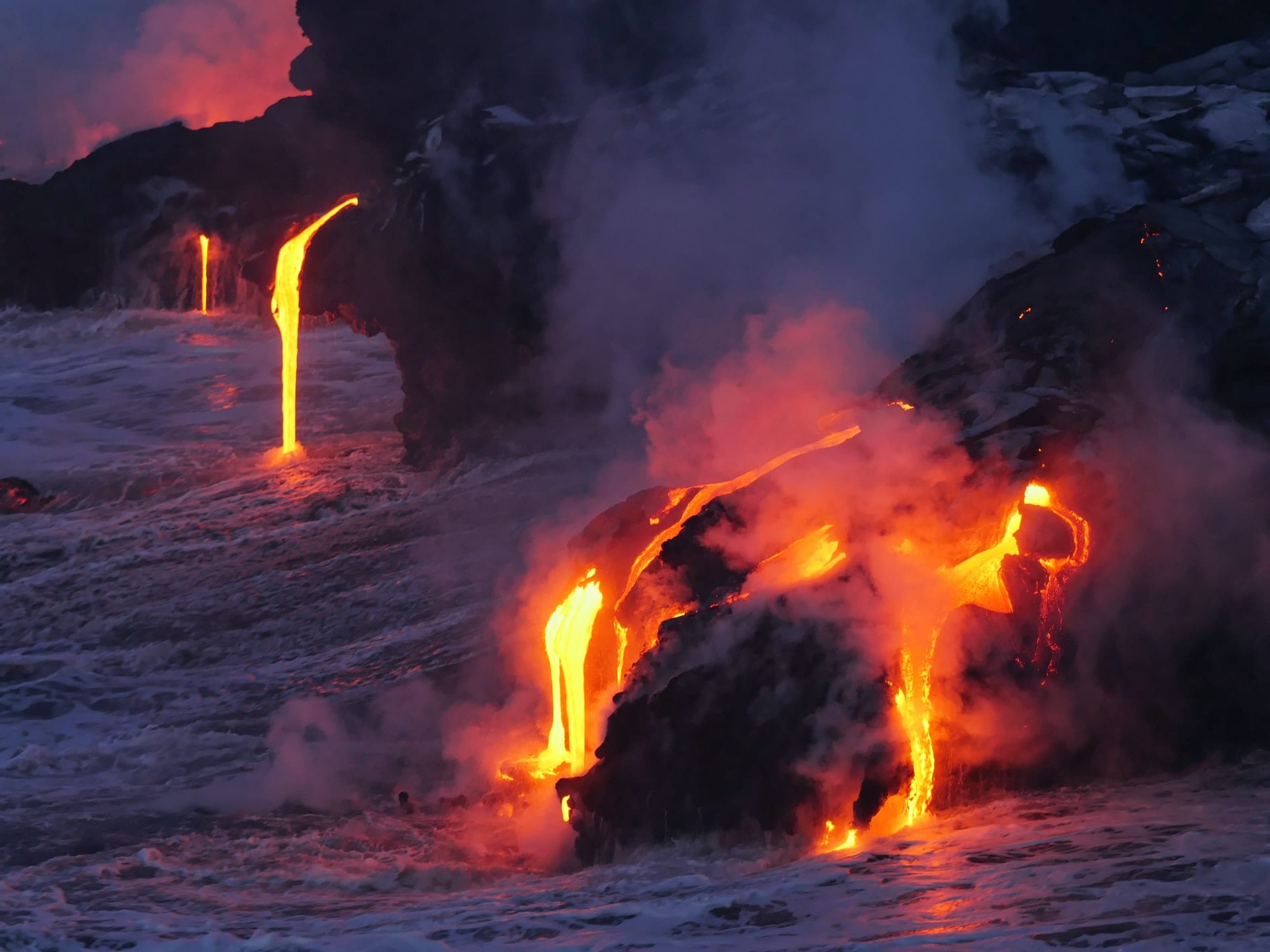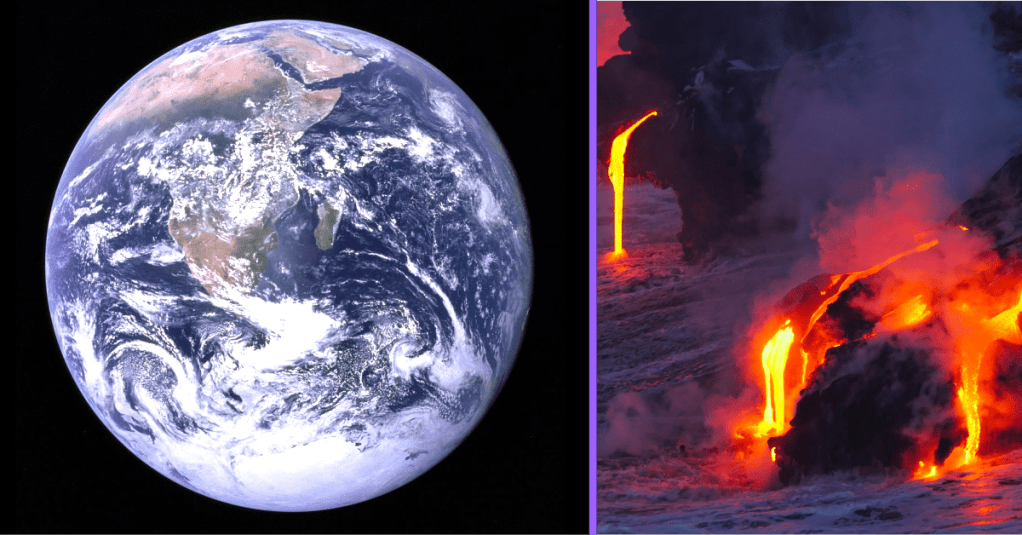We used to talk a lot about Global Warming. Then over the last few decades, the concept got rebranded as Climate Change, and with good reason.
Warming in and of itself is not necessarily concerning. It’s the dramatic fluctuations in normal weather patterns, which we experience with greater and greater frequency and severity, in addition to the overall temperature increase, that is really sounding the alarm. In fact it turns out that as some parts of the Earth are getting warmer, other parts are losing heat.
To understand this new discovery, published in Geophysical Research Letters by researchers from the University of Oslo, it may be helpful to reflect back on 3rd grade science class.
Remember how the Earth is made up of layers, with a molten magma core surrounded by the mantle?
The mantle and the core are the notable layers in this new research because it’s not just the sun that heats the surface of our planet.
It turns out, the core heats us from the inside, as well, like how a hot bowl of soup can warm you all over on a cold day.
As Popular Mechanics explains:
Over the extremely long term, this interior will continue to cool until Earth is more like Mars. The surprise in the new study is how unevenly the heat is dissipating, but the reason makes intuitive sense: Parts of Earth have been insulated by more landmass, creating something of a Thermos layer that traps heat.
To understand how it is possible for one side of the Earth to be cooling faster than the other, it helps to picture an AuthaGraph map of the world.
This more accurate representation demonstrates the unequal distribution of land and water across the Earth.
For their study, the Oslo scientists divided the Earth into an African hemisphere (mostly land) and a Pacific hemisphere (mostly water).
Then they used computers to model and analyze 400 million years of continental drift and temperature data, to understand the relative insulation of each hemisphere across time.
Just like bubbles seem to keep you and your bath water warmer for longer, land insulates better than water alone.
The seafloor is far thinner than the bulky landmass, and temperature from within Earth is “quenched” by the enormous volume of cold water that’s above it.
When you think about it that way, it all kind of makes sense.

Image credit: NASA via Unsplash
And yet, they found a bit of a contradiction.
The research shows that the Pacific hemisphere has cooled around 50 Kelvin more than the African hemisphere.
(If my math is right, that’s something like a drop of 550 degrees Fahrenheit, but please don’t quote me.)
Due to continental drift, or the Lost City of Atlantis, or who-knows-what, it looks like the Pacific side of the world was not always the cooler of the two.
Think about the Ring of Fire, the higher volcanic activity in and around the Pacific Ocean.

Image credit: Marc Szeglat via Unsplash
Popular Mechanics points out:
The Pacific’s high tectonic activity today points to a heat disparity.
The meltier the mantle, the more the plates can slide and slam together.
Maybe that’s where everything is connected and Climate Change really comes into play.
As sea levels rise, adding more water to the mix, and the ice shelf breaks off, adding more cold ice into the water, maybe that is helping the ocean cool down even faster.
That’s the fun thing about science–there’s always more to figure out.
It’s pretty fascinating though, right? Tell us what you think in the comments.






